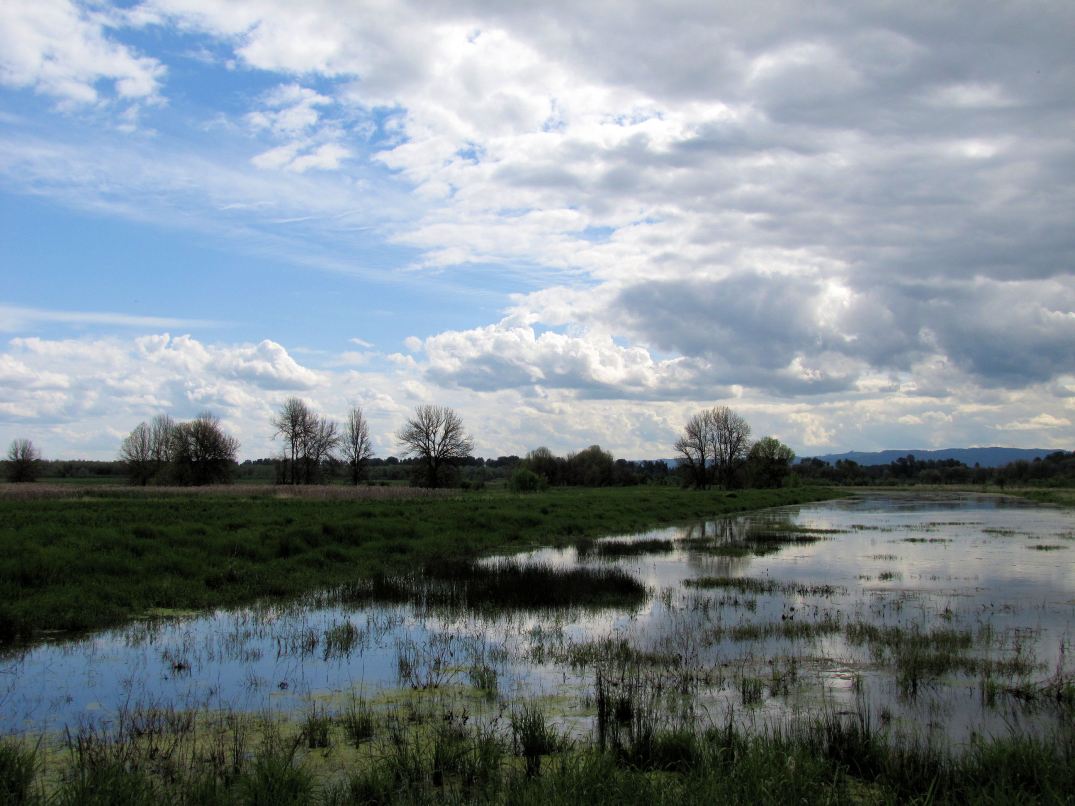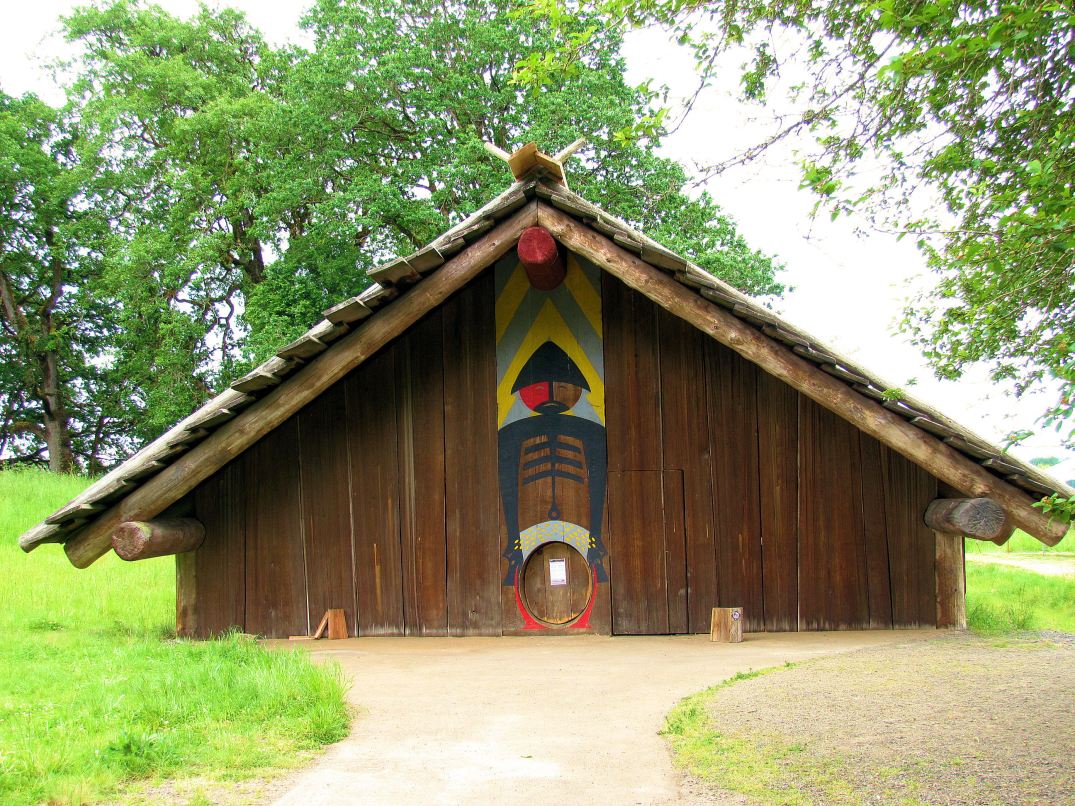
Established in 1965 to provide wintering habitat for the dusky Canada goose. the Refuge preserves both habitat for wildlife, and evidence of the people who once lived here.

Black Headed Grosbeak
Along the lower reaches of the Columbia River the approximately 5300 acres of the refuge has a mixture of wetlands, grasslands, riparian areas, and forests. These habitats with a mild and rainy winter climate, provide an environment for many species including neotropical song birds, wintering waterfowl, and other local native species.

red turtle
The refuge consists of five sections, with unique habitats. Two of these sections are open to public visits while the remaining three are kept as sanctuary for wildlife to escape human disturbance. This maintains a balance of allowing those species less tolerant to human presence to thrive in an increasingly urban area.

Visitors can hike trails or take an auto tour route and has many opportunities for observing, and photographing wildlife.

Cinnamon Teal

vulture
The refuge also preserves the most intact archaeological site on the lower Columbia River, and evidence of at least 2,300 years of continuous human occupation. That history and culture is interpreted through the Cathlapotle Plankhouse built in 2005 and open to visitors on the weekends in the spring and summer



Nice gallery. Thanks for sharing.
LikeLike